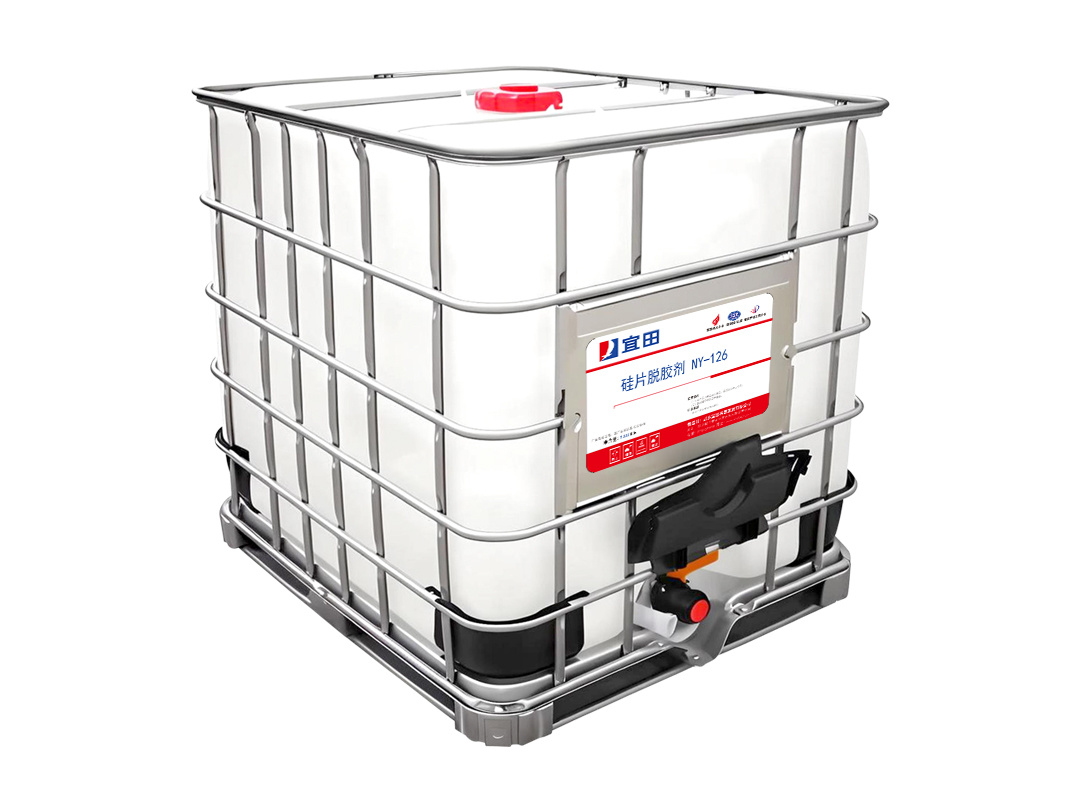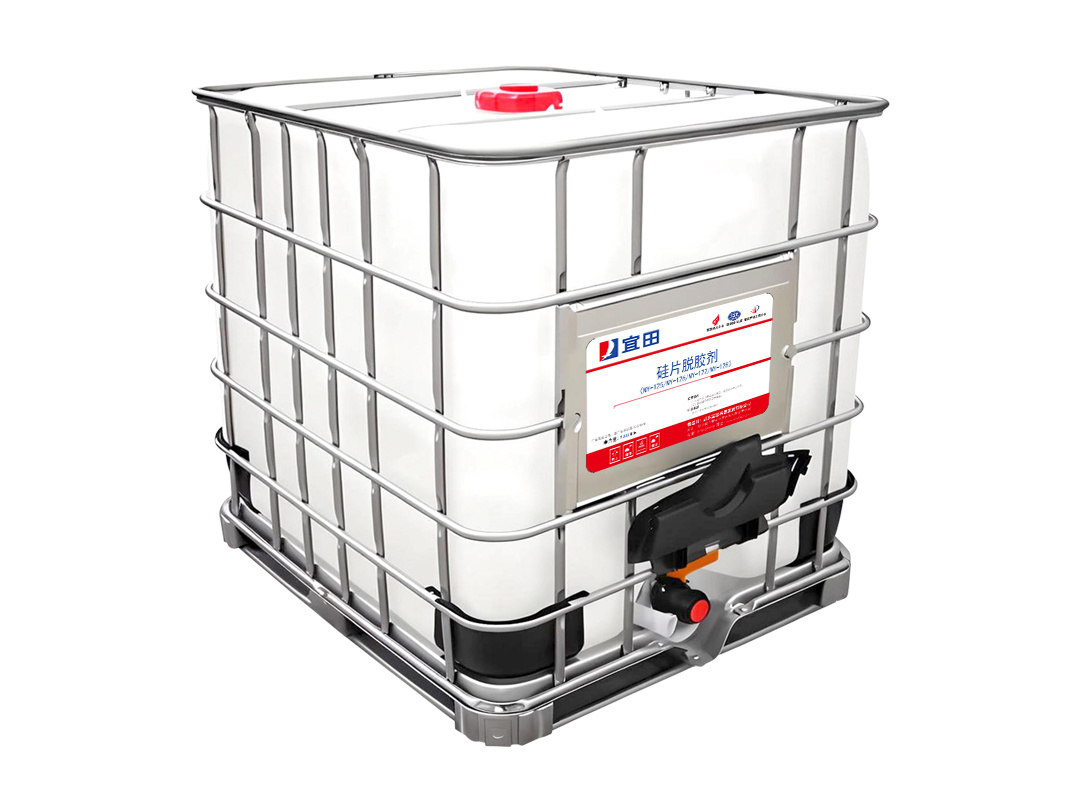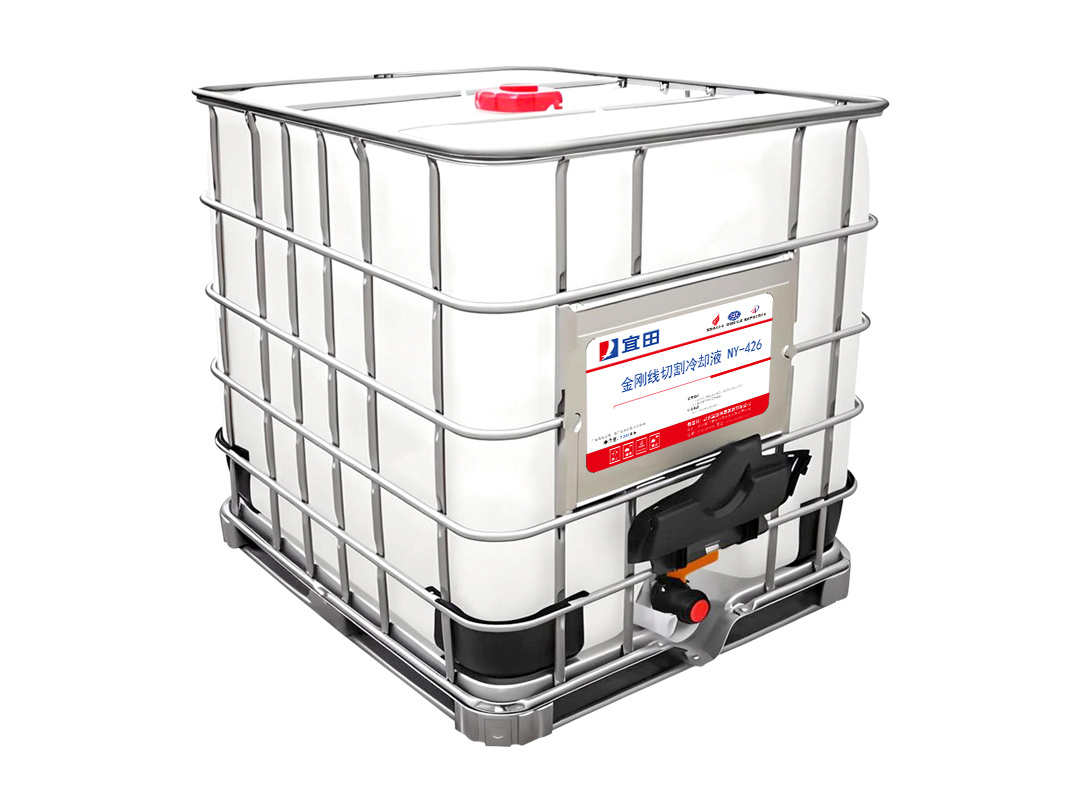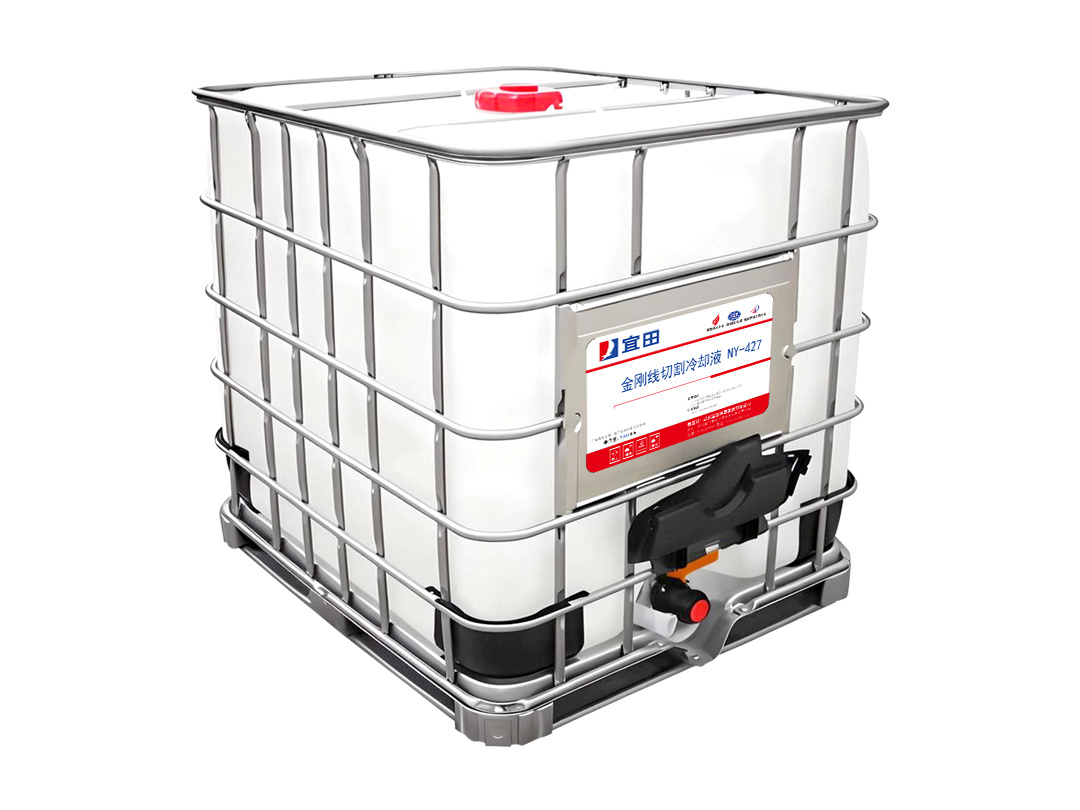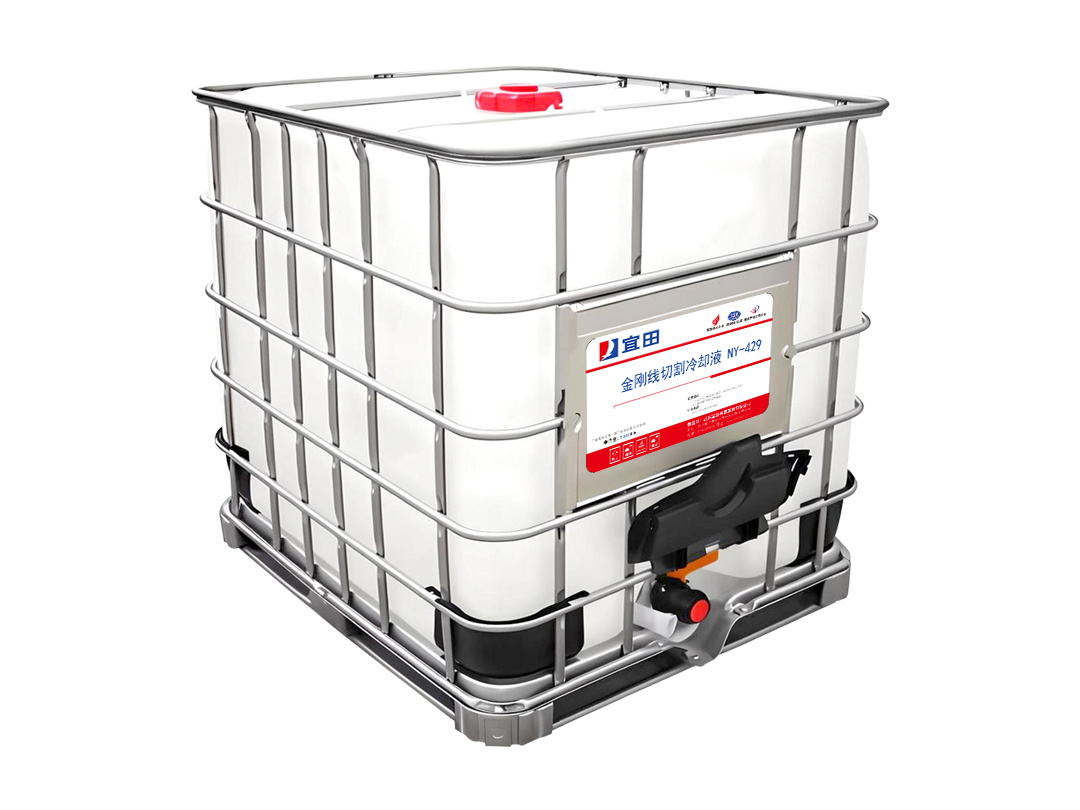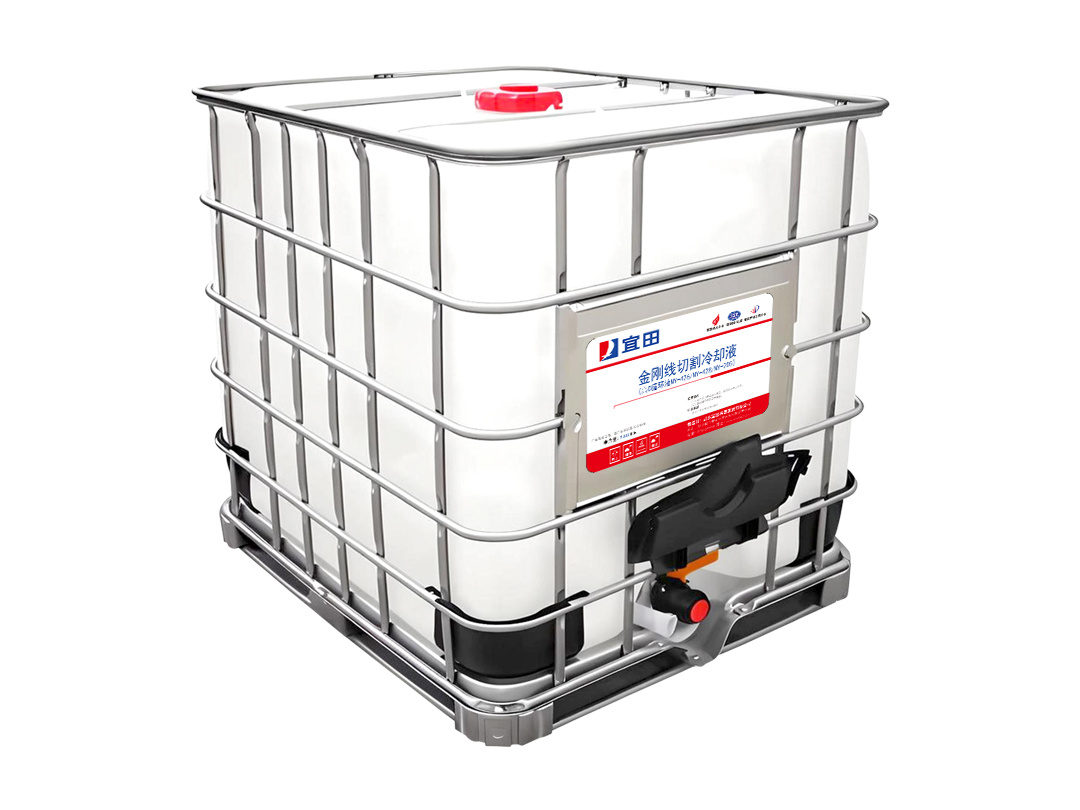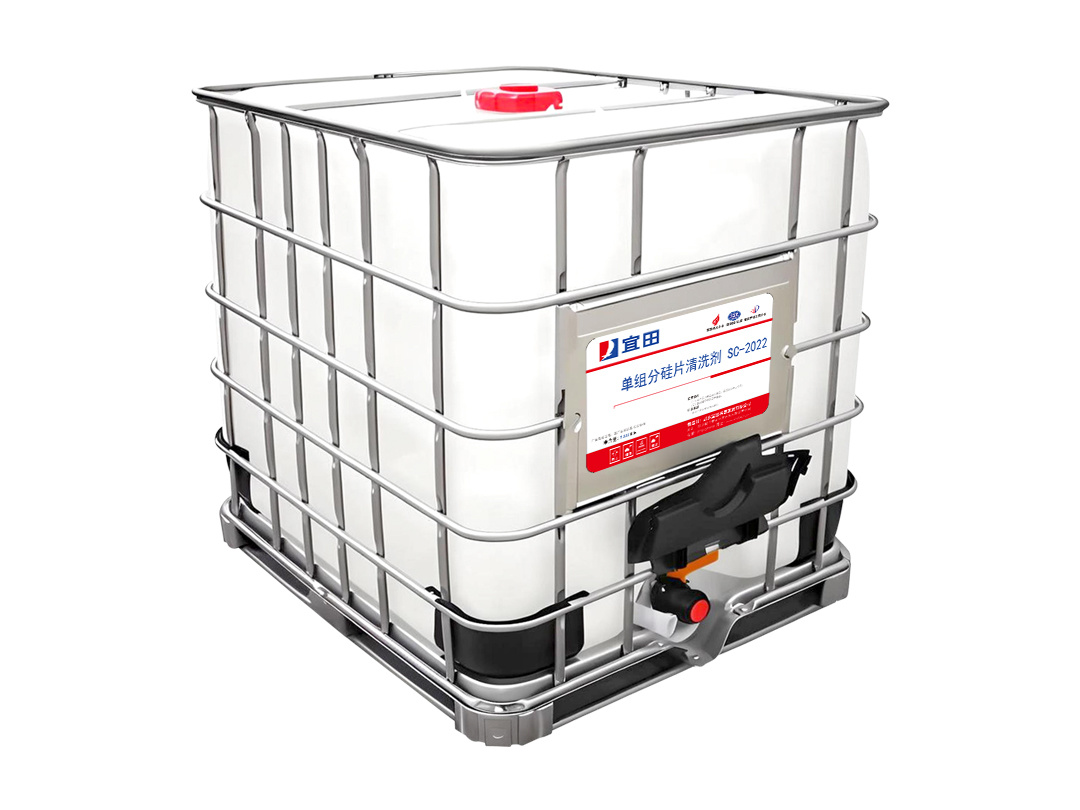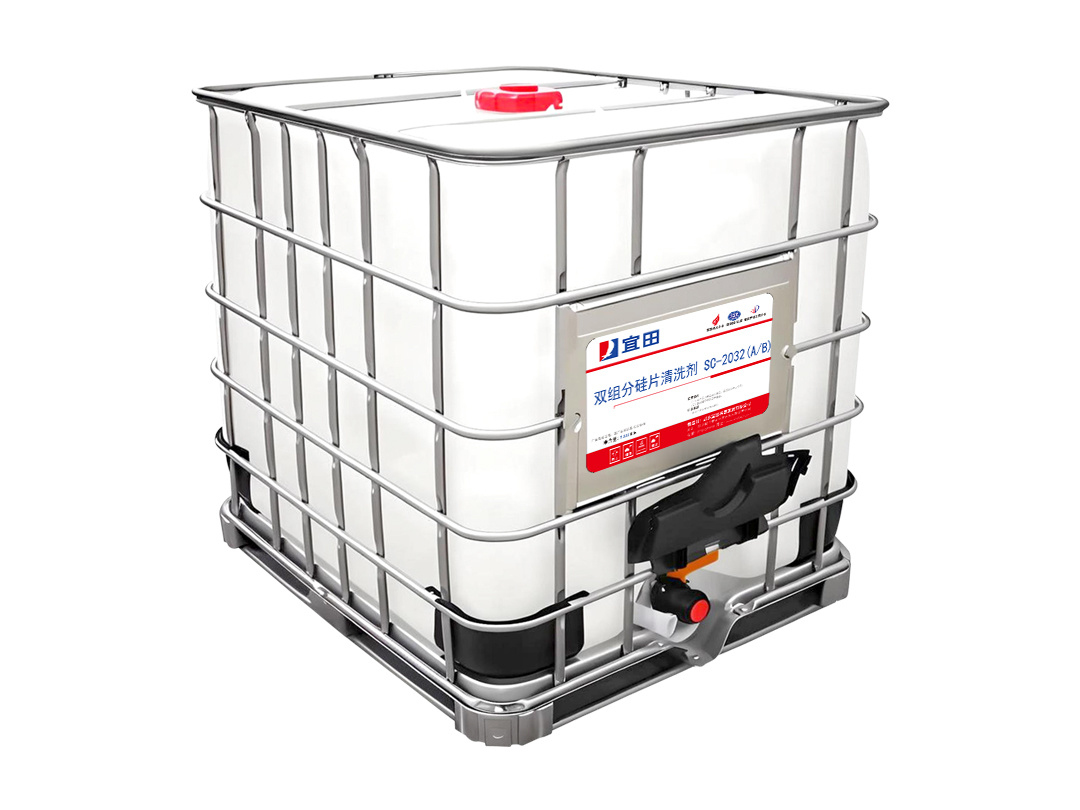
Round Rod Splicing Adhesive (NY-2401A/B)
Classification:
Product Details
Introduction
The product is a building waterproof membrane made of polyester or fiberglass base, with SBS thermoplastic elastomer as a modifier, and covered on both sides with isolation materials. It has incomparable advantages over paper-based asphalt felt; it does not flow at high temperatures, does not become brittle at low temperatures, is fatigue-resistant, aging-resistant, has good toughness, excellent waterproof performance, simple construction operation, wide environmental adaptability, can be constructed in all seasons, and has an effective waterproof lifespan of over 15 years.
Scope of Application
SBS elastomer modified asphalt waterproof materials are widely used for waterproofing, seepage prevention, moisture-proofing, and gas isolation in various construction structures such as roofs, walls, basements, cold storage, bridges, tunnels, water pools, underground pipelines, etc.; they can also be applied for rust prevention, corrosion protection, and various moisture-proof inner packaging materials for underground pipelines.
Main Performance Indicators
Implementation Standard: GB18242-2008
Serial Number |
Project |
Unit |
Standard Specification |
|
1 |
Impermeability |
Pressure ≥ |
0.3 |
|
Holding Time ≥ Min |
30min |
|||
2 |
Low-Temperature Flexibility |
-20℃, no cracks |
||
3 |
Tensile Strength/50mm |
Longitudinal |
≥500 |
|
Transverse |
||||
4 |
Maximum Tensile Strength Elongation Rate % |
Longitudinal |
30 |
|
Transverse |
||||
5 |
Heat Resistance |
90℃, no sliding, flowing, or dripping |
||
Construction Key Points
● 1. Construction Tools: Generally, should include a gasoline torch or multi-head hot melt spray gun, blower, broom, mixing bucket, roller brush, bristle brush, scraper, pressure roller, scissors, tape measure, steel chisel, etc.
● 2. Base Treatment:
1) Before laying the membrane, the base must be strictly inspected and accepted. The cement mortar leveling layer must be solid and flat, without looseness, bulging, protruding surface, or severe roughness. If the flatness is poor or there is sand, it must be chiseled.
2) The base should be relatively dry. The moisture content should be within 9% for construction. If there is no means to measure the moisture content during construction, a piece of felt or glass can be placed on the base surface. After 3-5 hours, check for water droplets underneath. If there are basically no water droplets, construction can proceed.
3) Treatment of complex areas. The inner corners should be shaped into R corners with cement mortar. For special areas prone to leakage, such as the root of pipes and drainage outlets, an additional layer of membrane should be laid, and construction should be careful and meticulous.
● 3. Laying and Bonding of Membrane:
Position the membrane properly and roll it up, then it can be bonded using cold bonding, hot bonding, or hot melt methods. The bonding method can be full bonding, spot bonding, or strip bonding. Evenly heat the positioned rolled membrane, and once the surface melts, immediately roll it forward. During bonding and rolling, it is important to compact and flatten it to expel air, and then before the membrane cools, use a trowel to seal the overlaps and complex areas to prevent edge curling. Edge sealing can also be done with seam paste.
Keyword:
Next: No more
Related Product
Related R & D Team

 Official WeChat
Official WeChat

